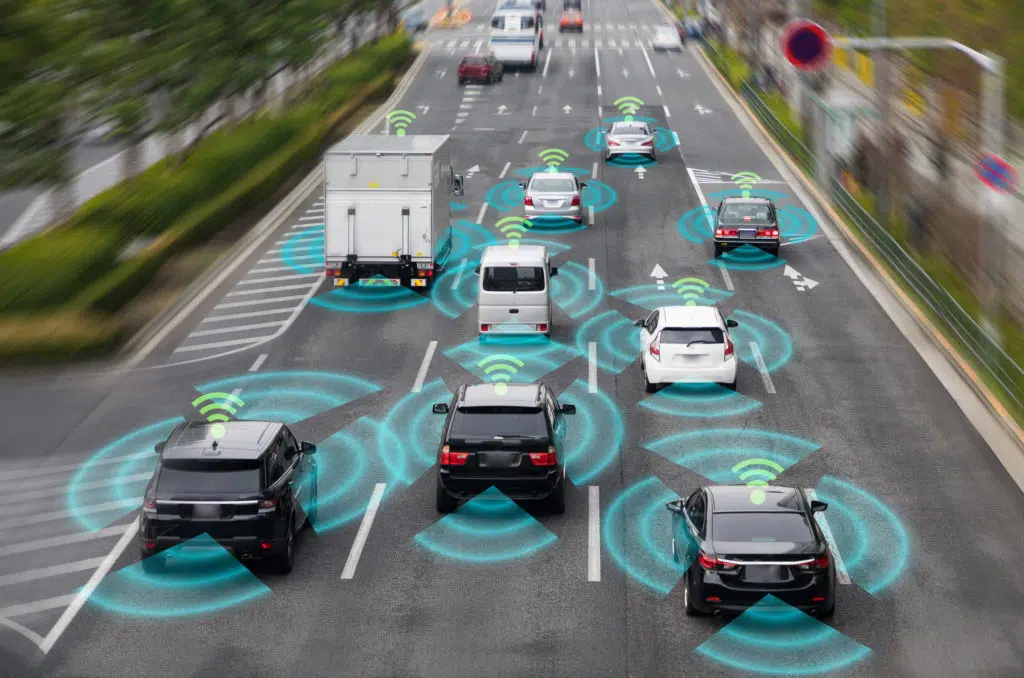
Can Pedestrian Detection Systems Fully Prevent Car Crashes, or Do Drivers Still Need To Be The Solution?
The AAA Foundation for Traffic Safety recently conducted tests on automobiles that have pedestrian detection systems to determine whether the technology is effective for preventing motor vehicle crashes with pedestrians. According to an article in The Truth About Cars, AAA determined that pedestrian detection systems are not as effective as car companies contend. In fact, the pedestrian detection systems in their current form are not adequately able to prevent all car crashes involving pedestrians.
In conducting these tests, AAA researchers looked at four different vehicles that contain pedestrian detection systems — the Chevrolet Malibu with its “Front Pedestrian Braking,” the Honda Accord with its “Honda Sensing,” the Toyota Camry with “Toyota Safety Sense,” and the Tesla Model 3 with “Automatic Emergency Braking.” All of the cars were model year 2019. The tests were designed to see how well pedestrian detection and automatic braking systems work, and the article suggests that the tests took place in “near-perfect conditions.”
Here are some of the tests conducted by AAA with the vehicles we mentioned above:
- Vehicle traveling at 20 miles per hour and 30 miles per hour during daylight hours with an adult crossing in front;
- Vehicle traveling at 25 miles per hour at night with an adult crossing in front;
- Vehicles traveling at 20 miles per hour and 30 miles per hour when a child darts out from between two parked vehicles;
- Vehicle making a right-hand turn while an adult crosses in front of the car into traffic; and
- Two adults standing on the side of the road with their backs facing traffic while a vehicle travels at 20 miles per hour and 30 miles per hour.
What did the tests find? The technology works the best for adults crossing in front of a car during daylight hours. Even then, however, the technology only allowed the vehicle to avoid a crash in about 40% of the cases. In tests where a child darted out in front of the car, a collision occurred in almost 90% of cases, even when the car was traveling at 20 miles per hour.
Safety Tips for Drivers to Prevent Collisions with Pedestrians
Given that pedestrian detection systems do not seem to work particularly well most of the time in preventing collisions, it is important for drivers to make sure they are always aware of their surroundings and to drive safely when there is any danger of hitting a pedestrian. The National Highway Traffic Safety Administration (NHTSA) recommends the following:
- Look out for pedestrians everywhere and at all times;
- Use extra caution when it is hard to see, especially at night or in severe weather;
- Turn your lights at dusk, early morning, and during inclement weather so pedestrians can see you;
- Follow the speed limit, especially in areas where there are a lot of pedestrians. Go slow in areas where you think there is any chance pedestrians could unexpectedly cross your path, such as residential areas;
- Follow traffic signals;
- Slow down and be prepared to stop when turning or entering a crosswalk;
- Never drive under the influence of alcohol and/or drugs; and
- Be extra cautious when backing up and when pedestrians can move into your path.
If you were a pedestrian injured in a collision with a motor vehicle, you should speak to a car accident attorney about your case.



